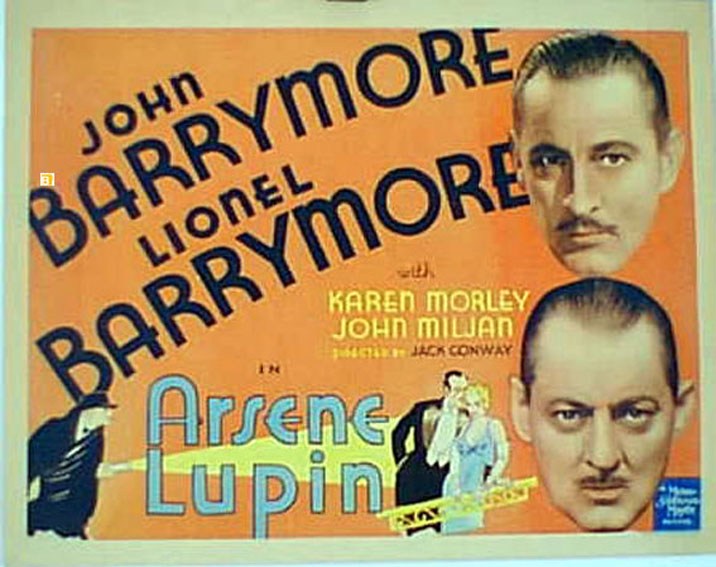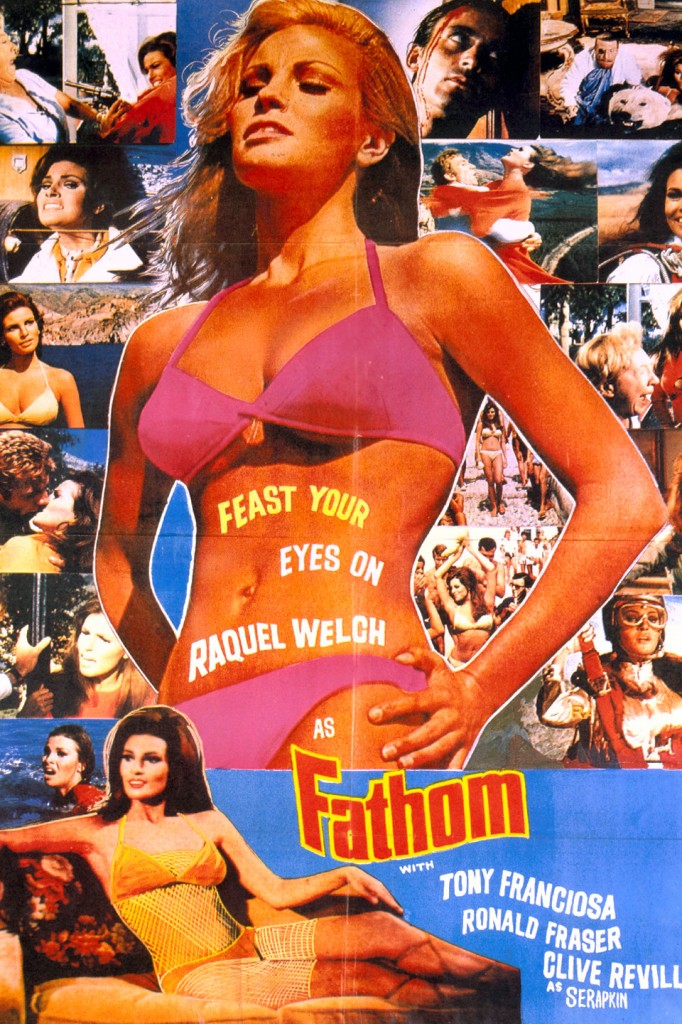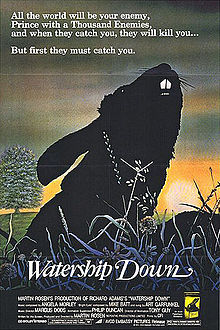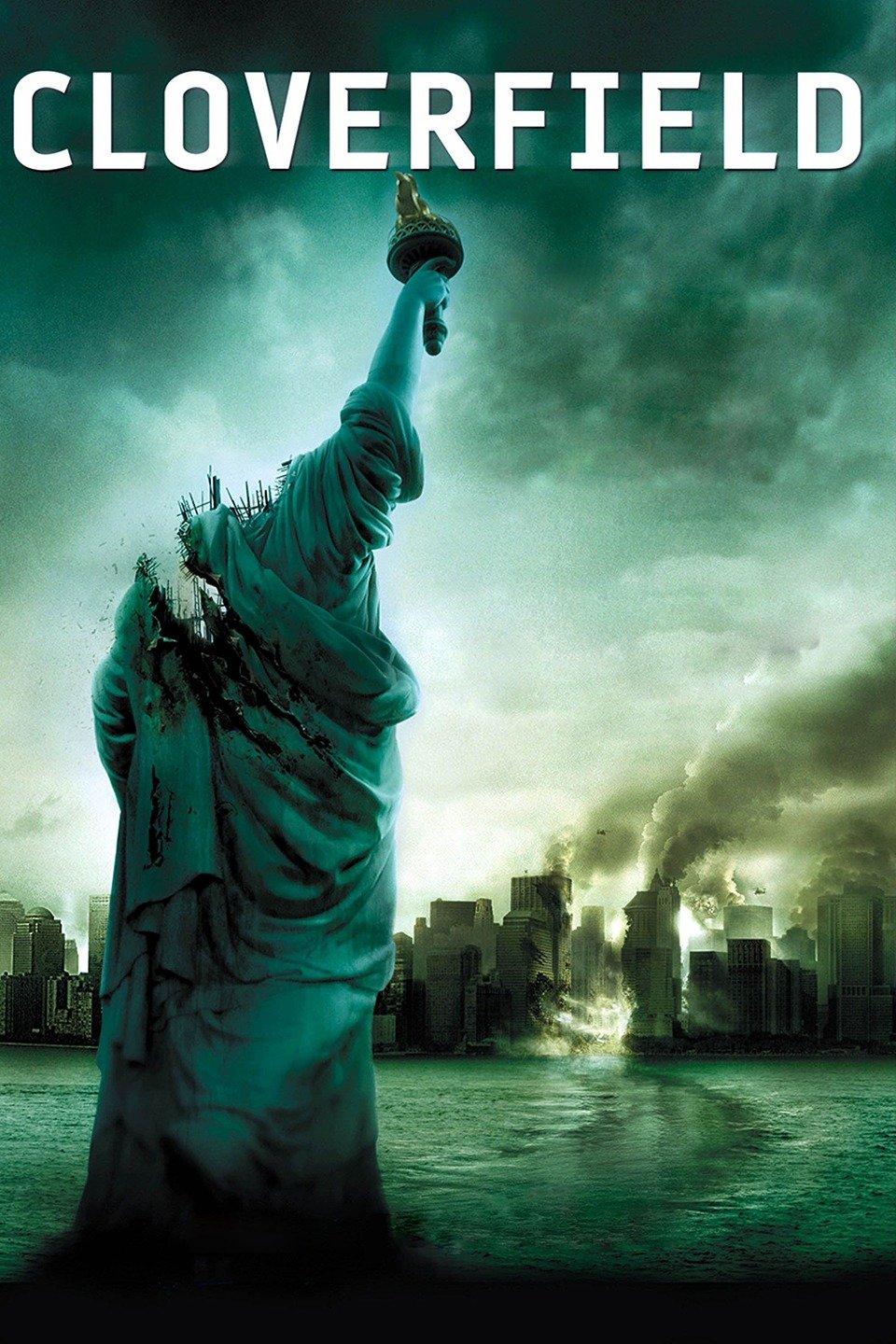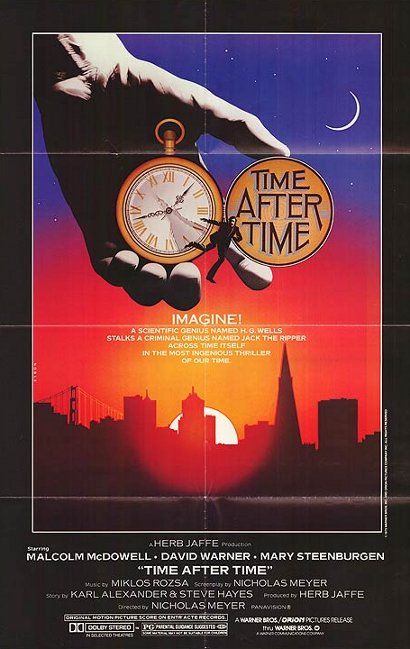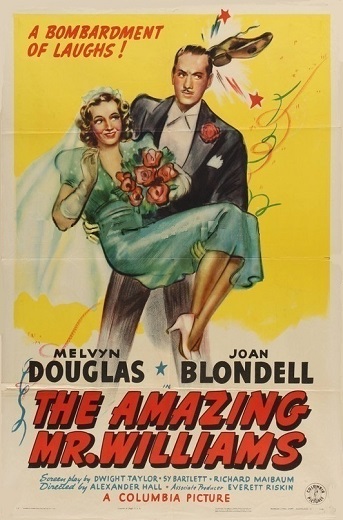
The Amazing Mr. Williams is fun clone of The Thin Man.
By Scott A. Cupp
This is the 181sth in my series of Forgotten, Obscure or Neglected Films
Police and detective films of the ’30s and ’40s can be a wonderful thing. Recently, while scrolling through the guide on my television, I saw one listed that I had never heard of. Billed as a “breezy Thin Man clone,” The Amazing Mr. Williams starred Melvyn Douglas and Joan Blondell, two stalwarts of this period. I gave it a chance.
Lieutenant Kenny Williams (Douglas) is a homicide detective who has amazing insights in solving cases. Maxine Carroll (Blondell) is the mayor’s secretary and Kenny’s fiancé. But Maxine does not like that Kenny works a job with hours beyond 9 to 5. Their dates are frequently interrupted by murder. Maxine hates that Kenny is a policeman and threatens regularly to leave him unless he quits.
In the opening moments of the film, Kenny is late in arriving to a date and Maxine is furious. He gets there in time to drink her Old Fashioned and apologize. Before he can order, he is dragged away for a locked-room murder involving a woman, midgets and a snake. (And it did not involve the Harry Stephen Keeler solution of a midget hanging from a rope from a helicopter).
Kenny tries to apologize to Maxine and solemnly swears to be there for her. His boss, Captain McGovern (Clarence Kolb), overhears the plans and decides to send Kenny to take convicted murderer Texas Buck Moseby (Edward Brophy) to prison for 40 years. Rather than explain the situation to Maxine (who does not want to hear any more excuses), Kenny takes Buck in tow as he takes Maxine to the Beach Casino for an evening of dinner and dancing. Maxine does not believe that Buck is an old college friend and blows the whistle on Kenny, getting him suspended for 60 days without pay.
Except of course there is another job that needs to be done. The Phantom Slugger has been preying on women on the streets, hitting them with a baseball bat. Seven women have died. Kenny has the idea of sending one of the male cops out in drag to attract the Slugger. But, because of the screw-up with Moseby, Kenny is told he will be the decoy. Maxine fed the idea to the mayor to make Kenny get fed up and resign, but it never works out the way she wants.
In another episode, Kenny resigns but is drug back into service by McGovern, leaving Maxine waiting at the altar. And a final incident which involves an innocent man captured by Kenny who is convicted of murder. While taking him to prison, Kenny realizes that a mistake has been made and that he must remove the man from the train and prove him innocent before the police capture Kenny and send him away for 10 years.
It is light hearted and breezy and episodic. The supporting cast with favorite Donald MacBride as Lieutenant Bixler and Ruth Donnelly and Effie Perkins, Maxine’s roommate and work assistant, is also quite good.
A lot happens in The Amazing Mr. Williams’ 80 minutes, and there are no real dull sections. I really like both Melvyn Douglas and Joan Blondell. They made three films together in 1938 and 1939, as well as one in 1964. This was the second of the three.
Melvyn Douglas also starred in Fast Company, a bibliomystery I reviewed last year which I really enjoyed. He was one of three actors to play book dealer/sleuth Joel Sloan. All three of those films also qualify as The Thin Man clones and are worth watching.
Series organizer Todd Mason host Tuesday Forgotten Film reviews at his own blog and posts a complete list of participating blogs.

